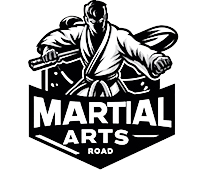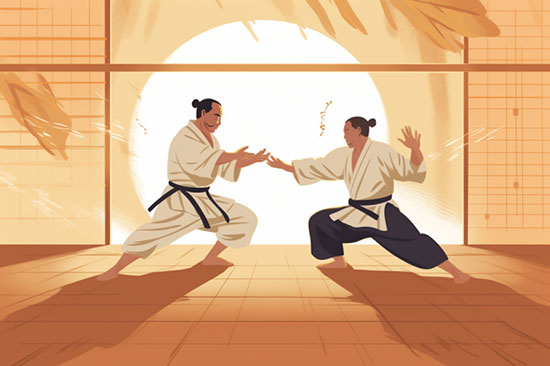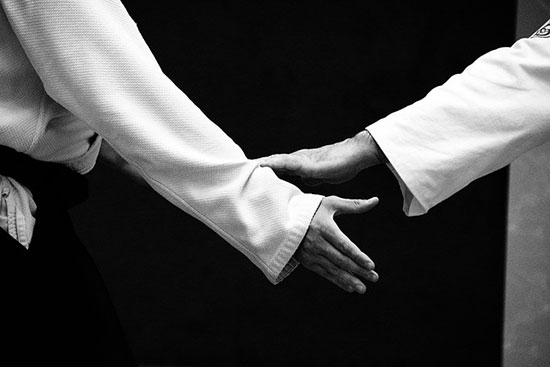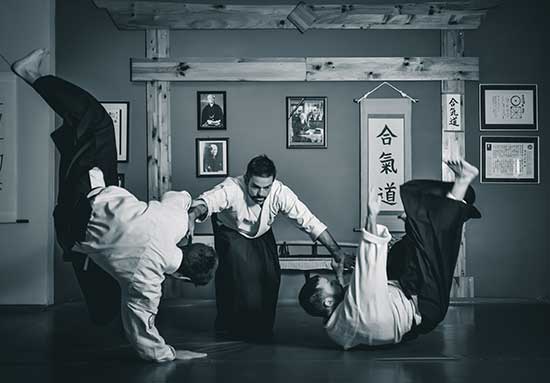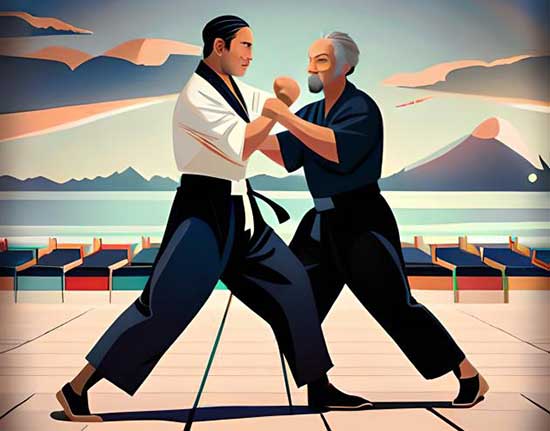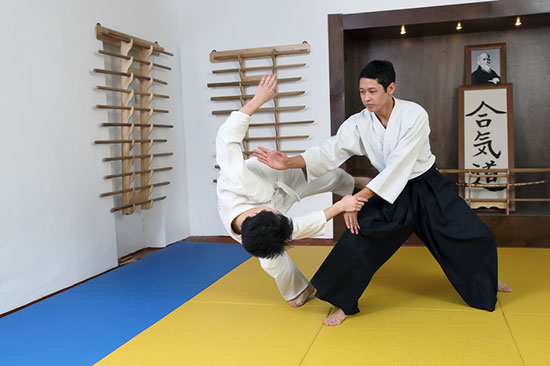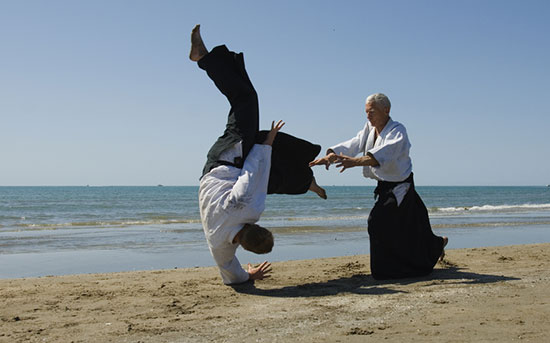Aikido is a Japanese martial art that focuses on using an opponent’s energy against them. Its techniques involve throws, joint locks, and grappling.
It is one of the most widely practiced martial arts in the world today, and yet, despite its popularity, many argue that Aikido is useless in a real-world self-defense situation.
Contents
The Cultural and Traditional Roots of Aikido
Aikido was founded in the early 20th century by Morihei Ueshiba, who had previous training in various martial arts.
Ueshiba drew inspiration from Shintoism, which encouraged the nonviolent resolution of conflicts. The philosophy of Aikido is centered around the idea of achieving victory over an opponent without causing them harm.
In contrast to other martial arts which focus on defeating an opponent, Aikido seeks to blend with an attacker’s energy and neutralize their aggression without causing injury.
While Aikido’s philosophy is admirable, it is not always applicable in real-world situations. In today’s world, conflict resolution often requires violence to defend oneself or others.
Additionally, the emphasis on non-violent conflict resolution can lead to complacency on the part of Aikido practitioners, who may not fully develop their ability to defend themselves.
Aikido’s Limited Effectiveness in Self-Defense Situations
Aikido’s techniques are often practiced under controlled conditions in a dojo. In such an environment, the opponent is usually a partner who is cooperating with the Aikido practitioner.
In a real fight, however, an opponent will likely not be cooperative, and their aggression may be unpredictable.
Aikido’s techniques, which require a specific set of circumstances, may not be effective in such situations.
Another limitation of Aikido is that it does not include striking techniques. When confronted with an attacker, one may not be able to effectively use Aikido’s techniques to defend themselves if the attacker is physically stronger or more aggressive.
Additionally, Aikido’s techniques are often designed to deal with an attacker’s arm or wrist, rendering them ineffective in facing an attacker who is using kicks or other forms of physical force.
The Decline of Aikido’s Practical Relevance and Popularity
Aikido’s limited effectiveness in self-defense situations may contribute to its decline in popularity and practical relevance.
According to martial arts critic Joe Rogan, “Aikido was one of those martial arts that once they started doing it in the UFC, it was pretty much relegated to being useless.”
The lack of practical application is a fundamental flaw in Aikido, which is reflected in the decreasing popularity of the art form and its exclusion from mixed martial arts competitions.
Furthermore, the widespread availability of information on other martial arts can also contribute to Aikido’s decline in popularity.
Practitioners can quickly research and find martial arts that are more practical, and effective, and that address real-world situations.
This is not to say that Aikido cannot be enjoyable or beneficial for physical and mental health, but its relevance in self-defense is limited.
Conclusion
In conclusion, Aikido’s traditional and non-violent philosophy, while noble, does not necessarily translate into effectiveness in self-defense situations. Its techniques are often practiced in controlled conditions, which do not accurately reflect real-world confrontations.
Additionally, Aikido’s limitations in dealing with unpredictable and aggressive attackers contribute to its limited effectiveness.
As a result, Aikido has declined in practical relevance and popularity, with other martial arts offering more useful and effective combat techniques.
While it may have benefits for those who practice it, its limitations must be recognized, and its practitioners should seek additional training in other martial arts to be fully prepared for self-defense situations.
